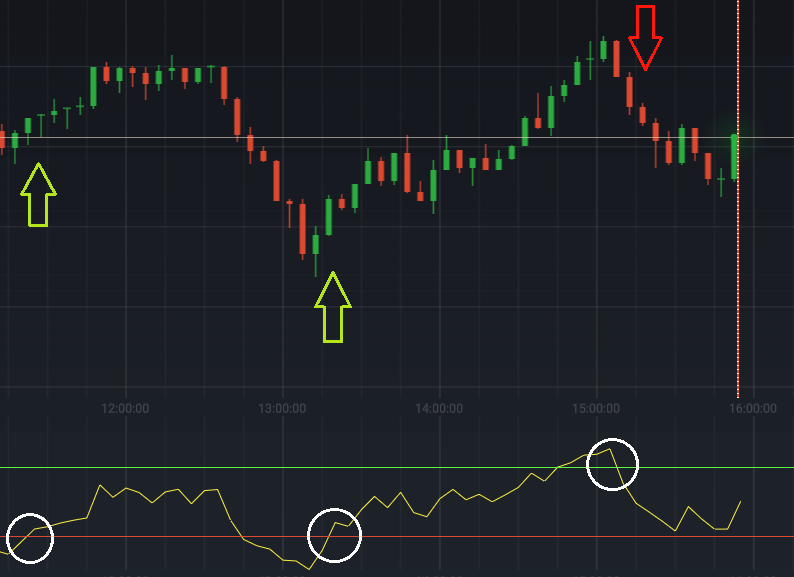Your cart is currently empty!
How to Trade SPY Futures: A Comprehensive Guide

Trading SPY futures offers a unique way to invest in the S&P 500 index. SPY (the SPDR S&P 500 ETF Trust) is one of the most popular exchange-traded funds (ETFs), and its futures contracts provide traders with a means to speculate on the index’s future performance without having to buy or sell shares of the underlying ETF. This guide will cover the fundamentals of SPY futures trading, strategies to employ, and tips for success.
What Are SPY Futures?
Definition
SPY futures are financial contracts that obligate the buyer to purchase (or the seller to sell) the S&P 500 index at a predetermined price on a specified future date. These contracts are traded on futures exchanges, allowing traders to speculate on the future direction of the SPY ETF and, by extension, the S&P 500 index.
Benefits of Trading SPY Futures
Leverage: Futures contracts typically require a smaller initial investment compared to buying the underlying asset. This leverage allows traders to control larger positions with less capital.
Liquidity: SPY futures are highly liquid, meaning traders can enter and exit positions easily without significant price impact.
Diverse Strategies: Futures allow traders to employ various strategies, including hedging against market declines or capitalizing on upward trends.
Getting Started with SPY Futures
1. Choose a Brokerage
To trade SPY futures, you need to open an account with a broker that offers futures trading. Look for a brokerage with:
- Competitive commission rates.
- Access to educational resources and trading tools.
- A user-friendly trading platform.
2. Understand Margin Requirements
Futures trading involves margin, which is a deposit required to open and maintain a position. Understand the initial margin (the amount needed to enter a trade) and the maintenance margin (the minimum equity required to keep the position open). Margins can vary depending on market conditions and your broker.
3. Learn About the Contract Specifications
Each SPY futures contract has specific details, including:
Contract Size: SPY futures are typically based on the value of the S&P 500 index multiplied by $50. For instance, if the S&P 500 index is at 4,000, the contract value would be $200,000 (4,000 x $50).
Expiration Dates: Futures contracts have specific expiration dates. It’s crucial to know when your contract expires to avoid unwanted assignments.
Tick Size and Value: The minimum price movement for SPY futures is typically 0.25 points, which translates to a value of $12.50 per contract (0.25 x $50).
4. Develop a Trading Strategy
Having a solid trading strategy is crucial for success in SPY futures trading. Here are a few strategies to consider:
a. Trend Following
This strategy involves analyzing price trends and entering trades in the direction of the trend. Use moving averages and trendlines to identify upward or downward trends in SPY futures.
b. Scalping
Scalping is a short-term trading strategy that aims to profit from small price movements. Scalpers may hold positions for just a few seconds or minutes, taking advantage of small fluctuations in price.
c. Swing Trading
Swing trading involves holding positions for several days or weeks, capitalizing on price swings. Traders often use technical indicators to identify entry and exit points.
d. Hedging
If you have a long position in SPY or other equities, you can use SPY futures to hedge against potential losses. By taking a short position in SPY futures, you can protect your long positions from market declines.
Technical Analysis for SPY Futures
Key Indicators to Use
Moving Averages: Use short-term moving averages (e.g., 10-day, 20-day) to identify trends and potential reversal points.
Relative Strength Index (RSI): The RSI helps determine whether SPY futures are overbought or oversold, indicating potential entry or exit points.
Bollinger Bands: These can help identify periods of low volatility that might precede price breakouts.
MACD (Moving Average Convergence Divergence): This momentum indicator helps identify potential buy and sell signals through crossovers.
Chart Patterns
Familiarize yourself with common chart patterns such as:
Head and Shoulders: Indicates a potential reversal trend.
Double Tops and Bottoms: Signify potential price reversals.
Flags and Pennants: Often indicate a continuation of the current trend.
Risk Management
Importance of Risk Management
Effective risk management is critical when trading SPY futures. Given the leverage involved, traders can quickly accumulate losses if not careful. Here are key aspects of risk management:
Set Stop-Loss Orders: Always use stop-loss orders to limit potential losses. This can be a fixed dollar amount or a percentage of your total capital.
Position Sizing: Determine how much of your capital you’re willing to risk on each trade. This could be a fixed amount or a percentage of your trading account.
Diversify Your Trades: Avoid putting all your capital into a single trade. Diversifying across various assets or strategies can help mitigate risk.
Stay Informed: Keep an eye on economic indicators, earnings reports, and geopolitical events that can affect market volatility and SPY prices.
Common Mistakes to Avoid
Overleveraging: While leverage can amplify gains, it can also magnify losses. Ensure you’re comfortable with the amount of leverage you’re using.
Neglecting Fundamentals: While technical analysis is essential, neglecting fundamental factors affecting the S&P 500 can lead to poor trading decisions.
Failing to Adapt: The market is dynamic, and strategies may need adjustment based on changing conditions. Be prepared to modify your approach.
Ignoring Market News: Major news events can dramatically impact SPY futures prices. Always stay updated on market news and economic reports.
Conclusion
Trading SPY futures can be a lucrative venture for those who take the time to understand the market and develop effective strategies. By leveraging the unique benefits of futures trading, utilizing technical analysis, and practicing sound risk management, traders can navigate the complexities of the market with confidence.
Are you ready to dive into the world of SPY futures trading? Join our community of traders for access to real-time insights, educational resources, and expert advice to help you make informed trading decisions. Start your trading journey today.

Mr. Rajeev Prakash
Rajeev is a well-known astrologer based in central India who has a deep understanding of both personal and mundane astrology. His team has been closely monitoring the movements of various global financial markets, including equities, precious metals, currency pairs, yields, and treasury bonds.
